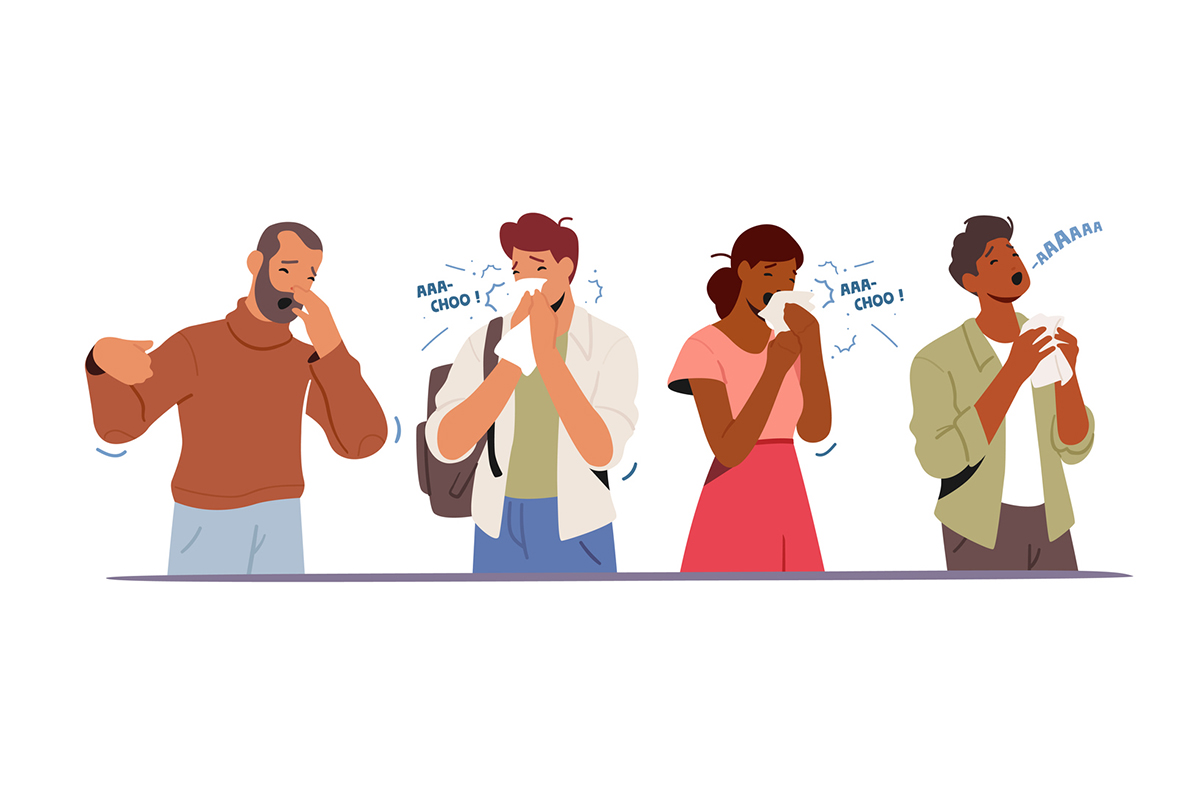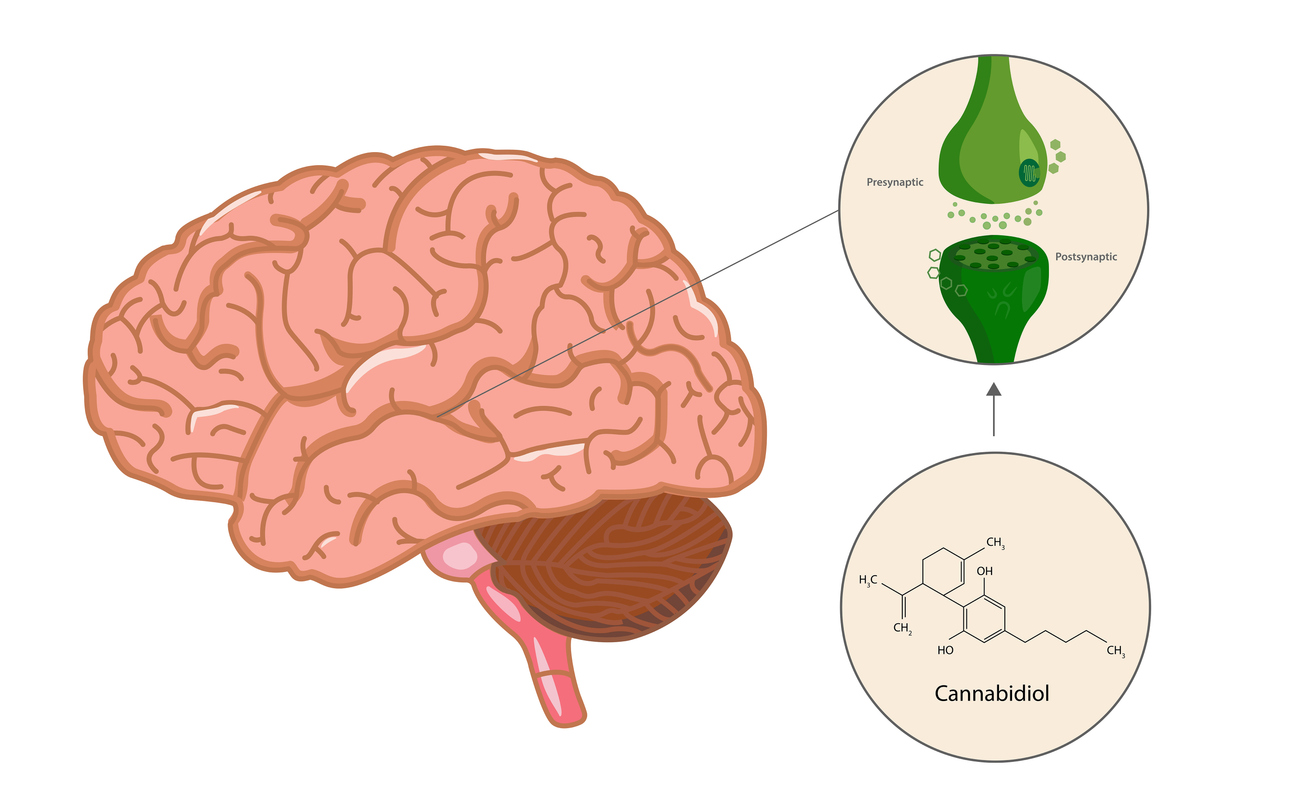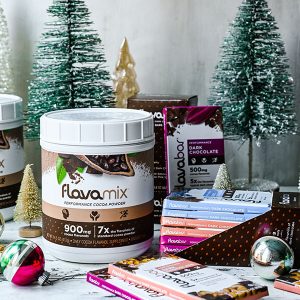It’s a remarkable achievement. It’s on a par with the Manhattan Project, when the exigency of defeating the Axis powers compelled us to beat them in the race to harness the devastating power of the atom.
Later, when polio was the scourge of the post-war generation, medical researchers devised an effective vaccine that vanquished the crippling disease.
Then, when AIDS loomed as an incurable, invariably fatal scourge, drug developers’ ingenuity ushered in therapies that turned it into a manageable chronic disease.
Now, in a seeming tour de force of medical research, Big Pharma has stepped up with unprecedented speed to deliver vaccines that offer the prospect of finally bringing a conclusion to the COVID-19 pandemic.
The main vaccines, those by Pfizer and Moderna, harness an elegant technology based on a novel RNA platform. The science promises to revolutionize our approach to infectious disease threats, because it’s easily generalizable, and can turn on a dime to target emerging pathogens.
It delivers a fragment of messenger RNA, which codes instructions for synthesis of antibodies to the spike protein of SARS-CoV-2, the coronavirus causing COVID-19. It doesn’t require inoculation into eggs, which is the old-fashioned, slow way vaccines were produced. It’s simply “printed” by aggregating nucleotides in a chemical soup.
The genius part is how they’re delivered, because RNA is fragile and easily broken down. The RNA packets are micro-encapsulated in lipid envelopes which resist degradation until they’re taken up by the immune system, where they initiate a precision strike against the part of the virus that enables it to attack our cells.
I hail the accomplishment, especially in view of the devastation the virus is causing. There’s hope for resumption of our normal lives sometime in 2021.
But I’m also cautious. The vaccines were produced in record time, and with approvals expedited, insufficient to spot significant issues with effectiveness or safety. The 90+% efficacy claimed in pre-marketing studies is phenomenal. But, invariably, effectiveness underperforms and unanticipated safety issues loom when novel drugs or vaccines are taken up by millions of users. They’re never as good as the initial studies claim.
The math is daunting. Even with a robust 30,000 subjects in the initial test group, add four zeroes when we deploy the vaccines on 300,000,000 Americans. That’s a 10,000-fold multiplication! It astronomically increases the chances that unanticipated side effects or gaps in efficacy will emerge. The stakes are high, and it may be worth it, but pretty soon millions of Americans will be faced with a decision: “Should I take the vaccine?” And, if given a choice, “Which of several vaccines should I opt for?”
And the news isn’t good on that front. Rightly or wrongly, there’s lots of vaccine skepticism. A significant percentage of health professionals surveyed were leery of the new jab; half of firefighters in NYC recently declared themselves refuseniks.
Committed anti-vaxxers have mobilized to spread irresponsible rumors about the vaccines’ potential dire effects, which I disagree with; nor should we uncritically trust obligatory reassurances by health authorities about the vaccines’ safety. We need full transparency about the vaccines so the public can make informed decisions as discerning medical consumers.
What we don’t need are mandates. This is not North Korea, Russia, China or Iran. But overzealous legislators are already preparing the ground for a universal vaccine requirement. True-to-form, one of the worst ideas originates from my hometown of New York City, where Assemblywoman Linda B. Rosenthal proposes that a vaccine mandate be enacted if it’s determined that the pandemic is “not sufficiently controlled”:
“If public health officials determine that residents of the state are not developing sufficient immunity from COVID-19, the department shall mandate vaccination for all individuals or groups of individuals who, as shown by clinical data, are proven to be safe to receive such vaccine.”
That’s a really bad idea. It’ll only stiffen resistance to the vaccine and unleash court challenges to the edict’s constitutionality.
But even if universal mandates aren’t deployed, there will still be ways to compel the vaccines’ adoption.
Say you want to book an international flight, apply to university, get a new job, or merely go back to your workplace. It may be required that you produce a “vaccine certificate”. There’s no preventing an airline, a school, or an employer from requiring that.
Many other questions remain unanswered about the vaccine. For example, what if you’ve already had COVID-19? Will the vaccine be necessary? And how will you know whether you’ve had it if you had a bad flulike illness last winter before tests were available? What if your SARS-CoV-2 antibodies don’t show up because they’ve waned, but you still harbor some latent immunity in your T-cells?
And might it be potentially harmful to supercharge your immune defenses to COVID-19 if you’ve been exposed to it already? That happened with the now-abandoned Lymerix vaccine against Lyme Disease, resulting in damages and lawsuits.
Questions remain about the durability of protection afforded by the vaccines. Will it be as robust as that acquired after an actual infection? Or will it dissipate after a few months, leaving the recipient vulnerable to COVID-19? Only time will tell because the clinical trials for approval of the vaccines were of short duration.
Additionally, vaccine “effectiveness” doesn’t mean you’re rendered impervious. Vaccine recipients may become infected, perhaps as readily as unvaccinated persons, but they’ll have very mild symptoms and may be less likely to require hospitalization or die. But a key question remains: Will they still be capable of transmitting the virus to others? Again, only time will tell.
Most vaccine trials have exclusion criteria designed to protect the very sick, elderly or frail. What will happen when those people, who are at the head of the queue for vaccine availability, get the shot? Will their faulty immune systems respond as well to the RNA “instructions”? Most vaccines don’t perform as well in the immunosuppressed, precisely the most vulnerable population we want to protect.
And speaking of priorities, who will get the vaccine first? Already it’s being argued that minorities, who have been hit hardest by the pandemic, should get first dibs after health professionals and front like workers. But will that stand the test of fairness?
More troubling, I’ve gotten wind of schemes by which rich people will pay exorbitant fees to get their hands on black market vaccines before the general public is allocated scarce supplies, which may only materialize as late as 2nd or 3rd quarter 2021. We’ll keep our eyes on celebrities and politicians to see if they leverage their privilege inappropriately.
And what about side effects? Already it’s concerning that many people in the clinical trials felt pretty awful, with fever, malaise, and muscle aches. While transient, doesn’t that portend that a very small percentage of vaccinees—which could translate to significant numbers—will develop bothersome symptoms of longer duration? Or that persons with autoimmunity could experience immune system overdrive, resulting in exacerbations? I’d be cautious in administering the new vaccines to people with multiple sclerosis or rheumatoid arthritis, for example, without carefully road-testing it specifically on those populations beforehand.
Already, Pfizer reports its vaccine caused severe allergic reactions—life-threatening anaphylaxis—in a couple of patients with pre-existing allergic conditions. Fortunately, they had their Epi-pens handy and headed off a medical emergency, but future recipients may not be so lucky.
And here’s something out of left field: The Guardian reports that chemicals found in everyday products like PFAS may hinder our response to the vaccines.
Might it not be reasonable to expect that nutritional status, too—adequacy of vitamins A, C, D and E, or zinc and selenium, for example—could influence the uptake of the vaccine? It’s already been demonstrated that micronutrient deficiencies are among key determinants of whether elderly immunosuppressed patients, or malnourished children, respond to current vaccines like those for the flu, hepatitis, or measles.
All these are questions that will need to be answered in coming months, as we embark on a medical experiment of unprecedented scale.







